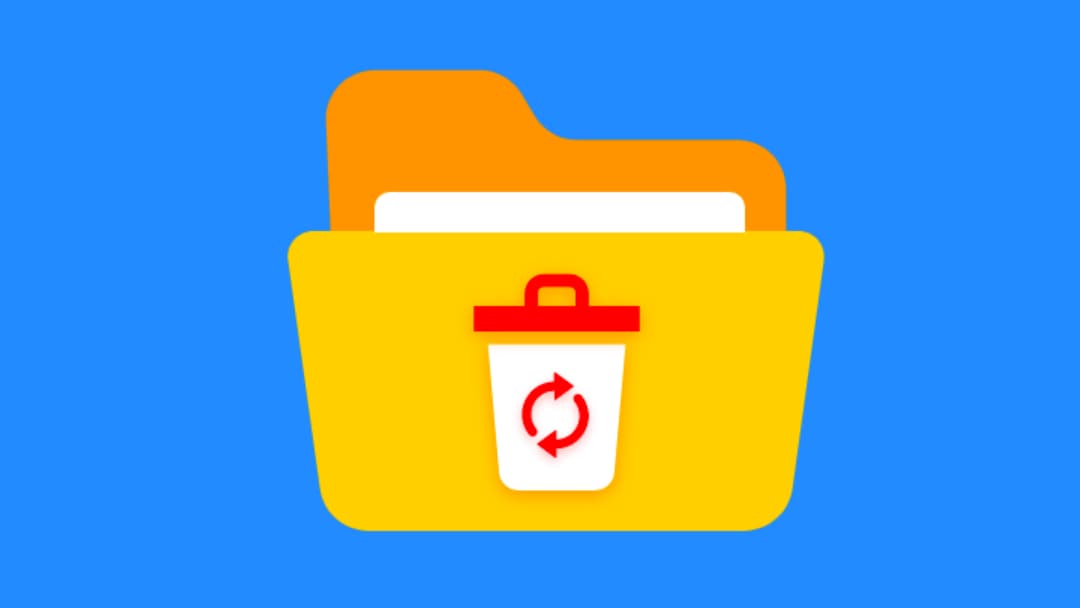Introduction
In today’s digital age, photographs have become an integral part of our lives. We capture precious moments, create memories, and store them on our smartphones. The DCIM (Digital Camera Images) folder is where most of our photos and videos are stored. However, it can be a real nightmare when these memories are accidentally deleted or lost. In this article, we will explore various methods and tools to recover photos from the DCIM folder, ensuring that you don’t lose those cherished memories forever.
Understanding the DCIM Folder
Before we delve into the recovery methods, it’s important to understand the DCIM folder. This folder is the default location where photos and videos captured by your device’s camera are saved. It stands for “Digital Camera Images” and is typically found in the internal storage or external SD card of your smartphone.
How does data loss happen?
Data loss from the DCIM folder can occur due to several reasons, including accidental deletion, formatting, software issues, or hardware problems. Let’s explore these issues and how to address them effectively.
Recovery Methods
Check the Recently Deleted Folder
Many smartphones have a “Recently Deleted” or “Trash” folder in the DCIM directory. Deleted photos are often moved to this folder, providing a quick and easy way to recover them. Simply navigate to the folder and restore the images you need.
Utilize Backup Services
Most smartphones offer cloud-based backup services. Services like Google Photos and iCloud automatically back up your photos. You can recover deleted photos from these platforms by accessing your account and restoring the images.
Photo Recovery Apps
There are several photo recovery apps available for both Android and iOS devices. These apps are designed to scan your device’s storage for deleted photos and offer a simple way to recover them. Some popular options include DiskDigger, EaseUS MobiSaver, and Dr.Fone.
Connect to a Computer
If the above methods don’t work, you can connect your smartphone to a computer. Using data recovery software like iMobie PhoneRescue, you can scan your device’s storage and recover deleted photos directly from the DCIM folder.
Preventing Data Loss
Regular Backups
Prevention is better than cure. To avoid the stress of data loss, make it a habit to regularly back up your photos. Set up automatic backups to cloud services, and your precious memories will always be safe.
Use a Reliable SD Card
If you store photos on an external SD card, ensure it’s of high quality. Low-quality SD cards can corrupt easily, leading to data loss.
Be Cautious When Deleting
When deleting photos, double-check that you’re not deleting any precious memories accidentally. A little caution can save you a lot of trouble.
Conclusion
Losing photos from the DCIM folder can be distressing, but it’s not the end of the world. With the right knowledge and tools, you can recover your cherished memories. Whether you explore your device’s “Recently Deleted” folder, utilize backup services, or employ photo recovery apps, there’s a solution for everyone. Additionally, by taking preventive measures such as regular backups and being cautious, you can minimize the risk of data loss. So, go ahead, recover those photos, and keep creating beautiful memories!
FAQs
Can I recover photos from a DCIM folder that I deleted a long time ago?
Yes, you can recover photos even if they were deleted a while ago, provided they haven’t been overwritten by new data. Use a reliable photo recovery tool for the best results.
Are photo recovery apps safe to use?
Most reputable photo recovery apps are safe and do not harm your device. However, it’s essential to choose a well-known and trusted app from a reliable source.
What if I don’t have a backup of my photos?
If you don’t have a backup, your best bet is to use a photo recovery app or software to attempt recovery from your device’s storage.
Can I recover photos from a physically damaged smartphone?
Recovering photos from a physically damaged device can be challenging. It’s advisable to consult a professional data recovery service in such cases.
How can I avoid future data loss from the DCIM folder?
To prevent data loss, regularly back up your photos, use reliable storage media, and be cautious when deleting files. These practices will significantly reduce the risk of losing your precious photos.
This comprehensive guide on how to recover photos from the DCIM folder should equip you with the knowledge and tools to retrieve your cherished memories. Don’t let data loss be a source of anxiety; take action today and safeguard your valuable photographs.
